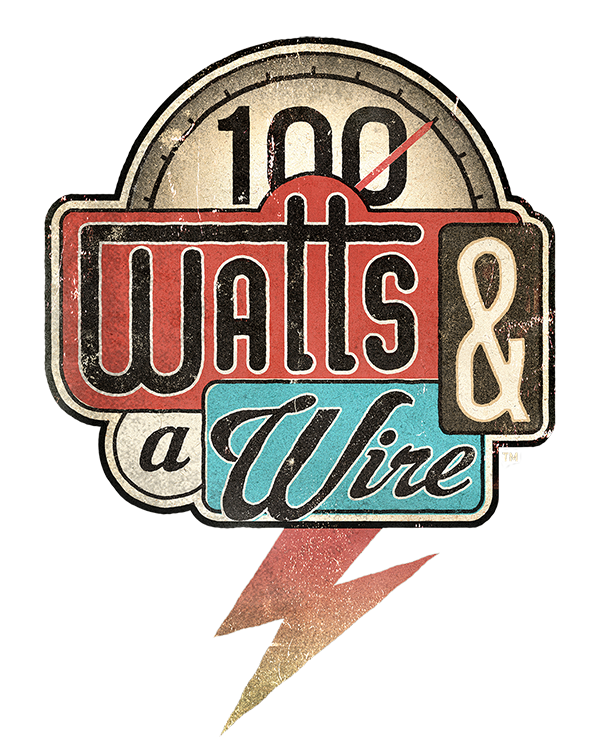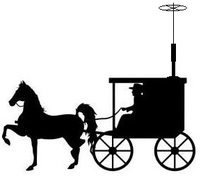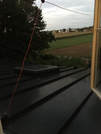
- All hardware is stainless steel
- Every piece of hardware that penetrates the box was mounted with rubber washers to help seal out the weather.
- I used a dab of silicone as "glue" to help hold the torroid in place
Now I'm sure there are some "bigger is better" folks out there who might ask why I didn't use heavier hardware, use a lag screw into the house instead of the eye bolt in the box, etc. My choice in hardware was actually very deliberate. I chose sizes that would hold everything firmly, but would also be the weak-point in the event of any type of failure. With this arrangement, should the worst happen, the plastic box or one of the connectors should break and let everything drop, instead of pulling parts off my house!
So there it is - same wire in the air, but more robustly installed, since I've decided to keep it around for a while!

One last thing before I go - please sign up for my mailing list so you can be among the first to know when I've written a new post! I appreciate everyone that reads my blog regularly, so I'd like to return the favor by giving you the first shot at everything new that gets posted!
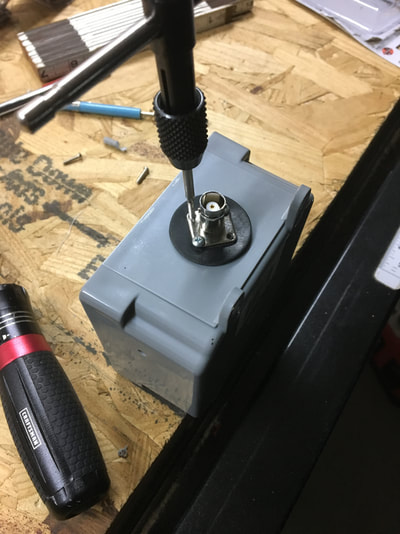
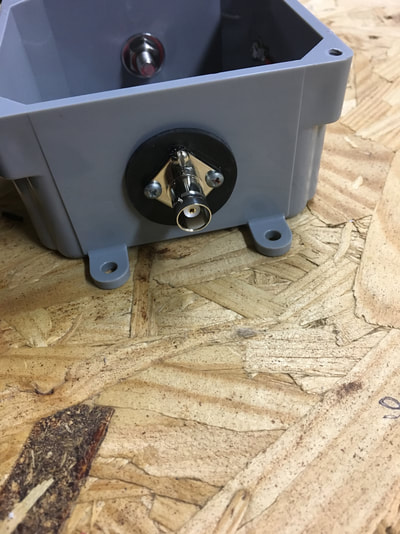

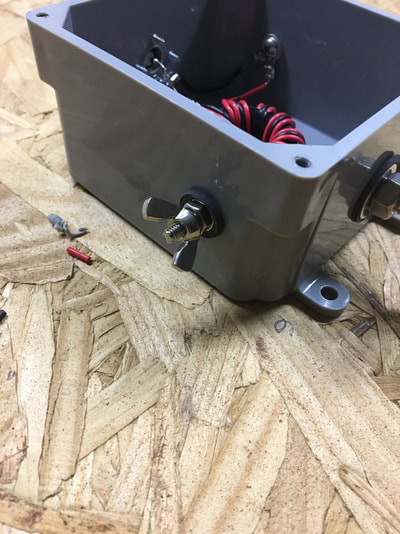
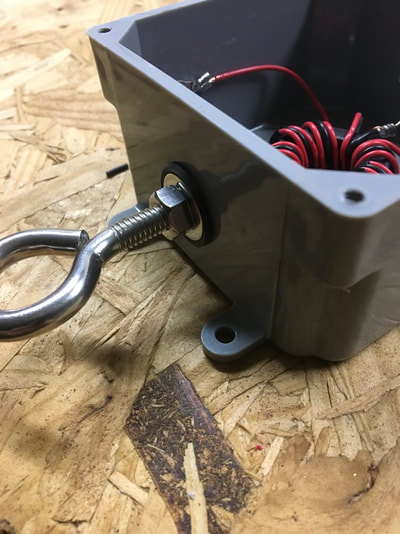
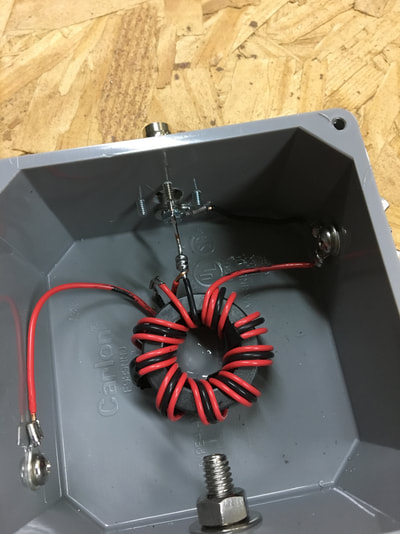
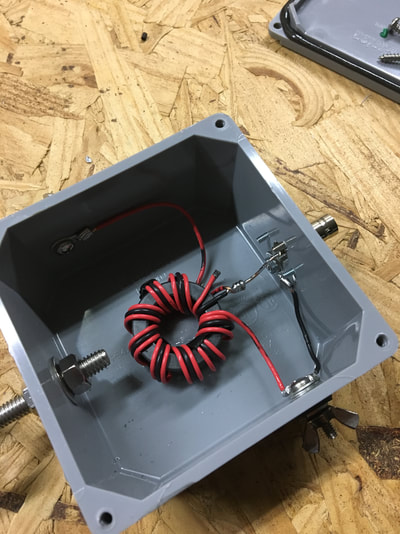
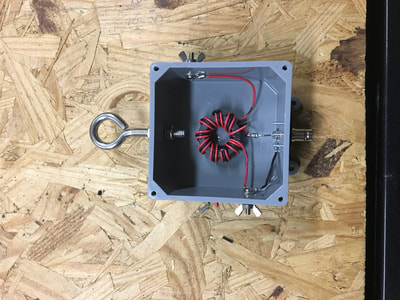
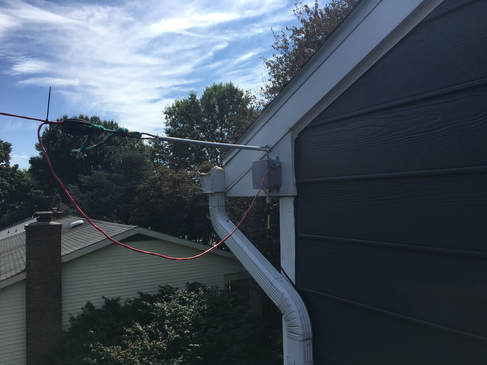

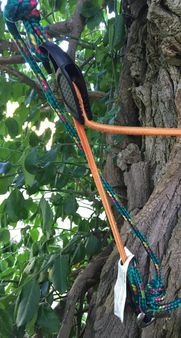
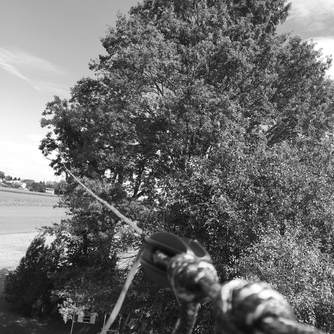

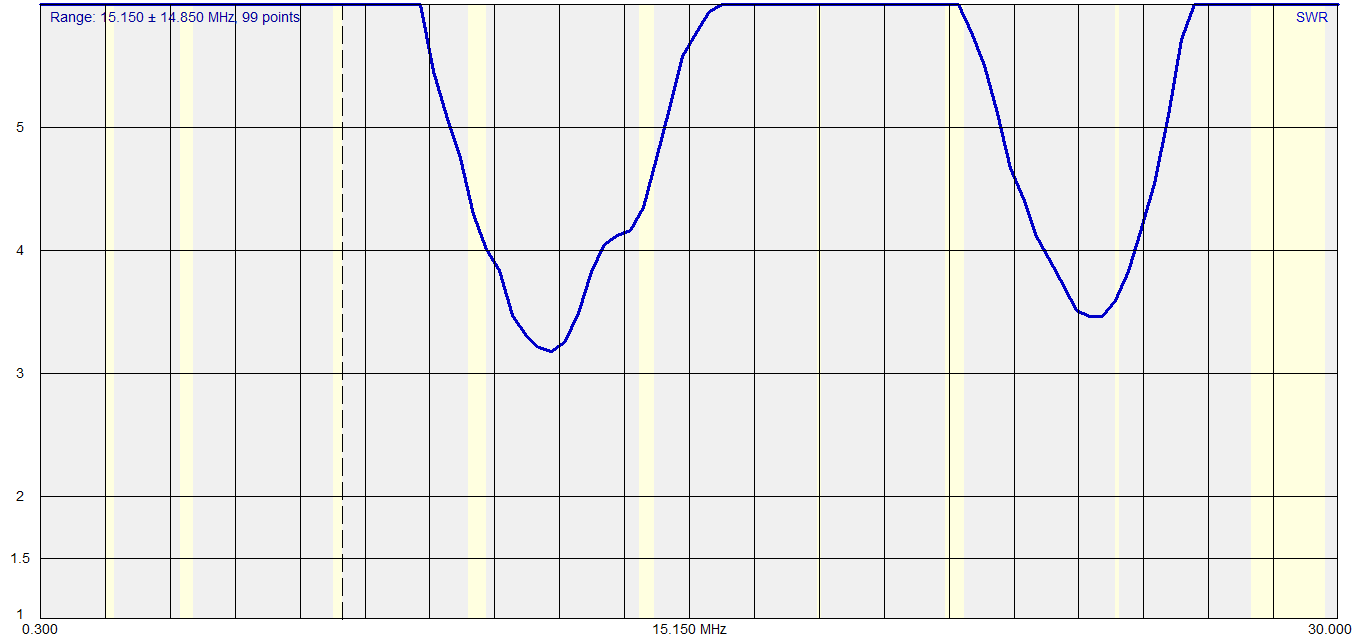

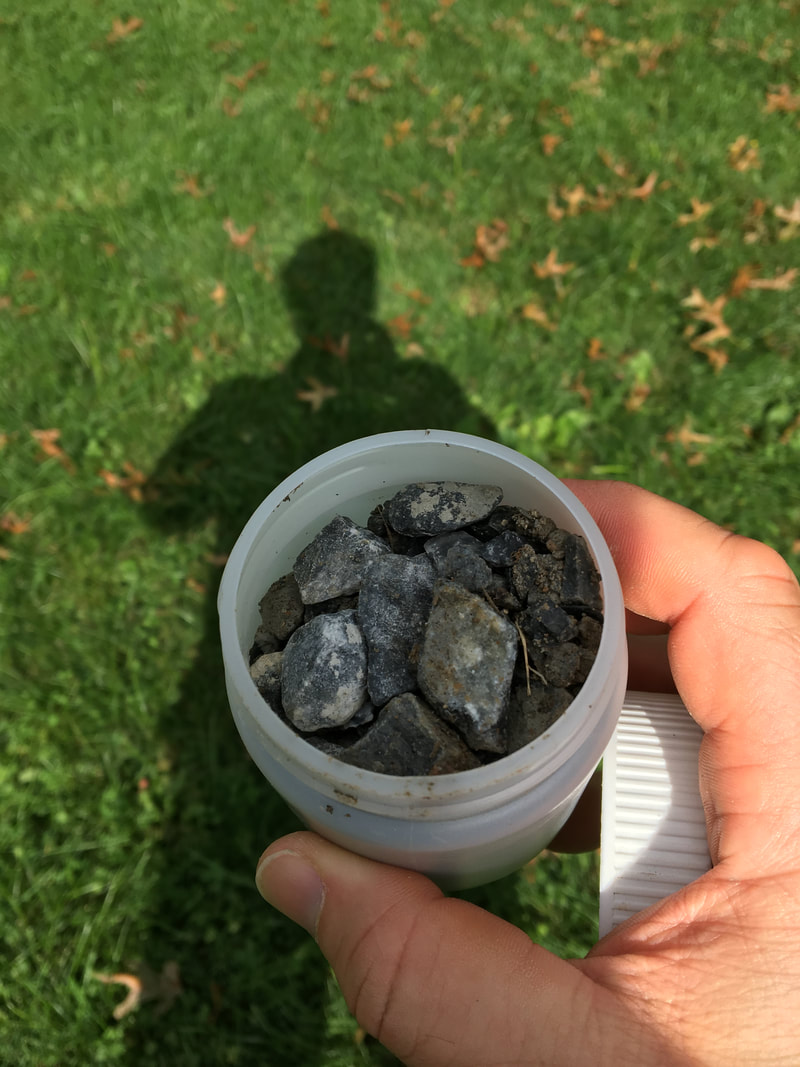
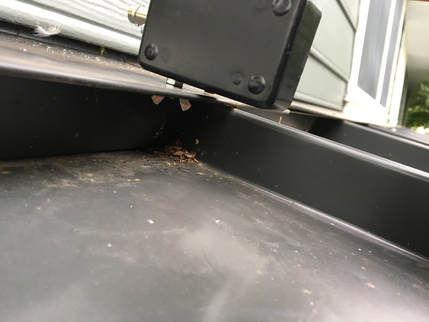
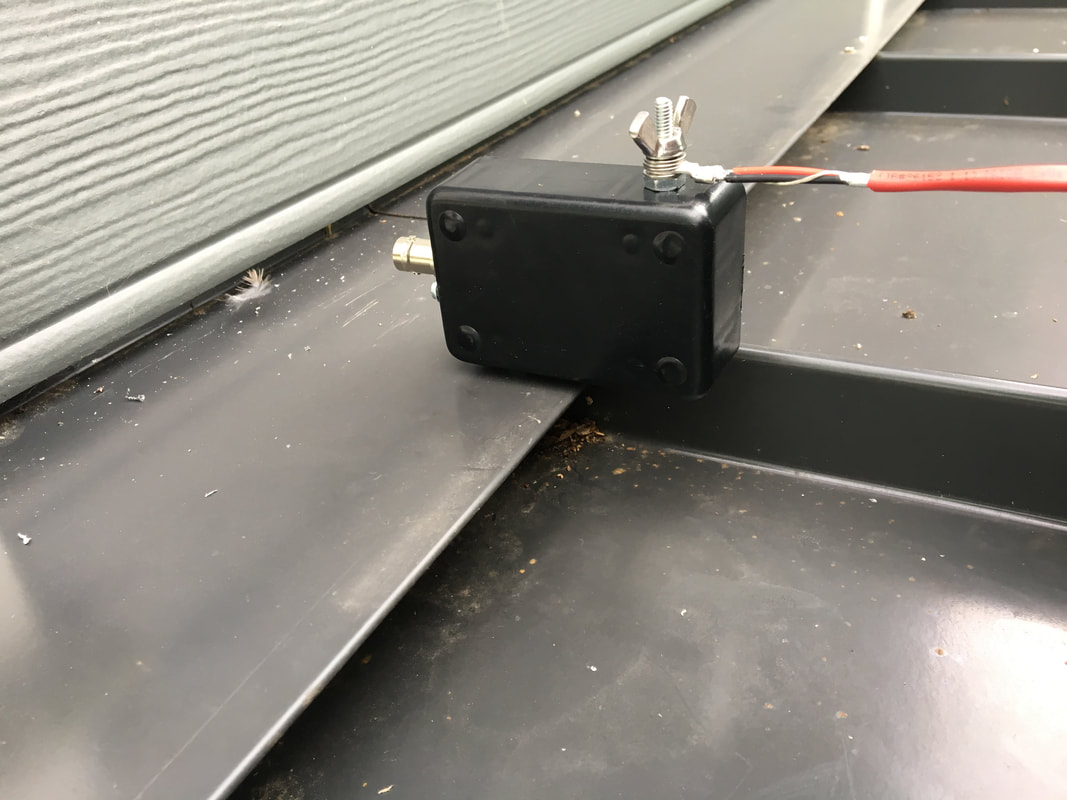
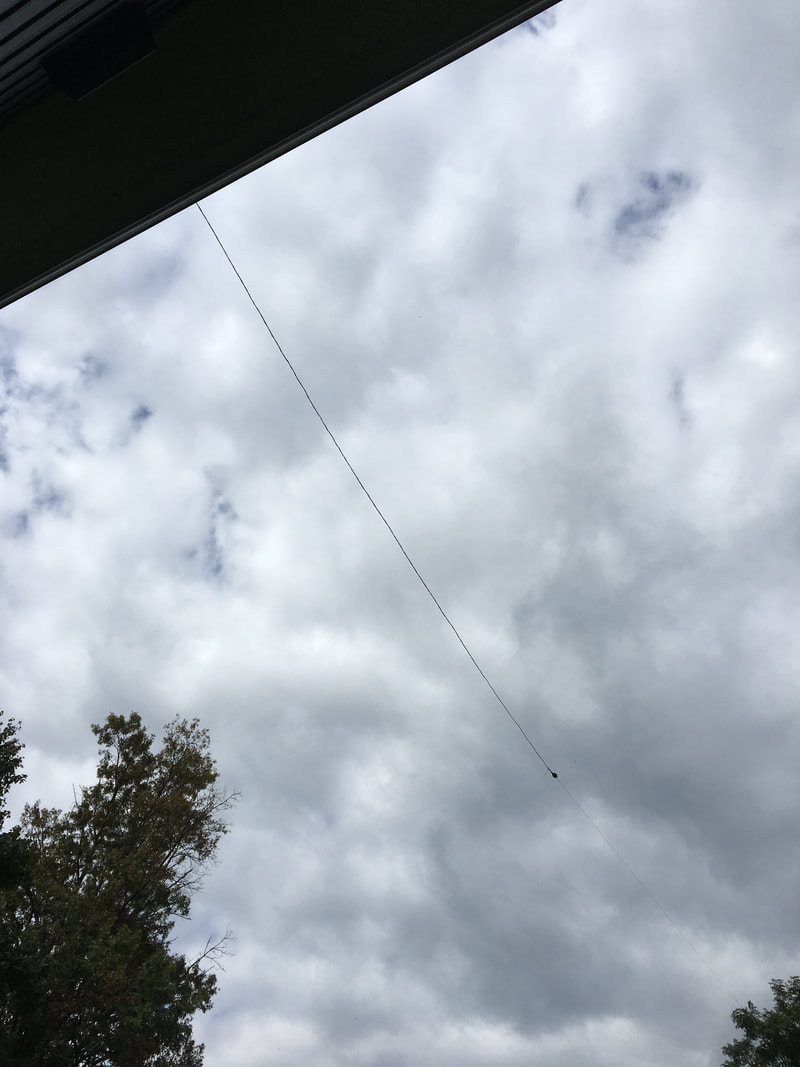
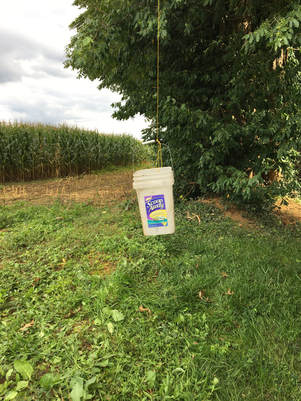
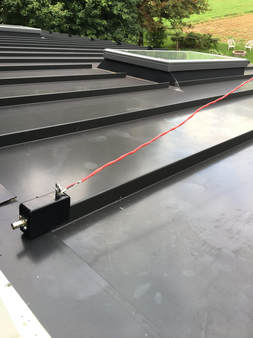
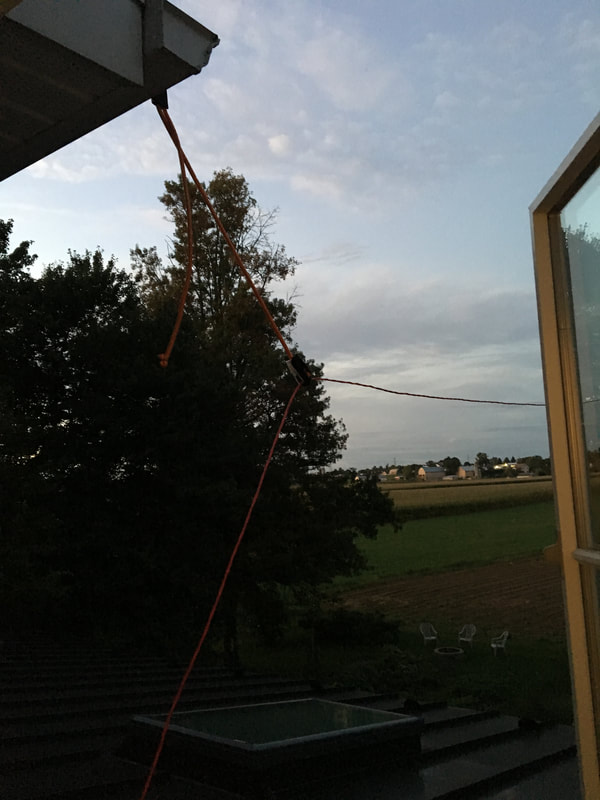
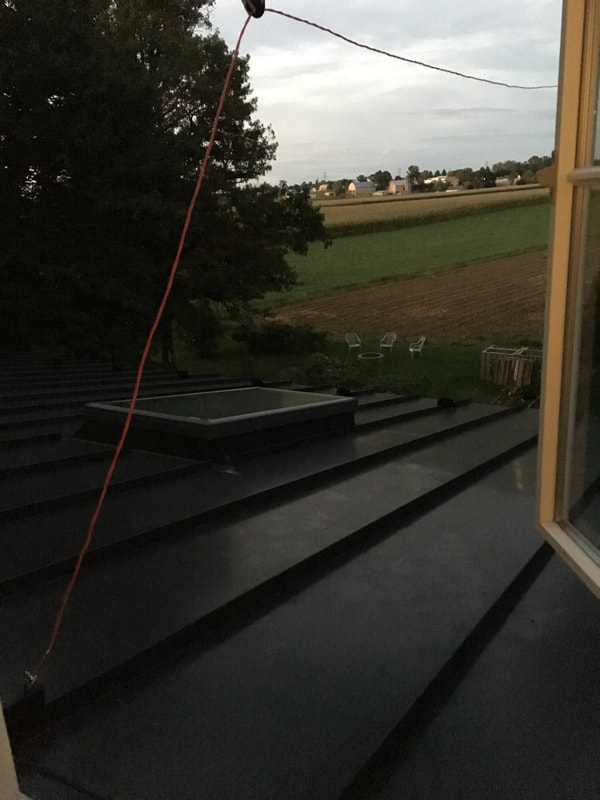
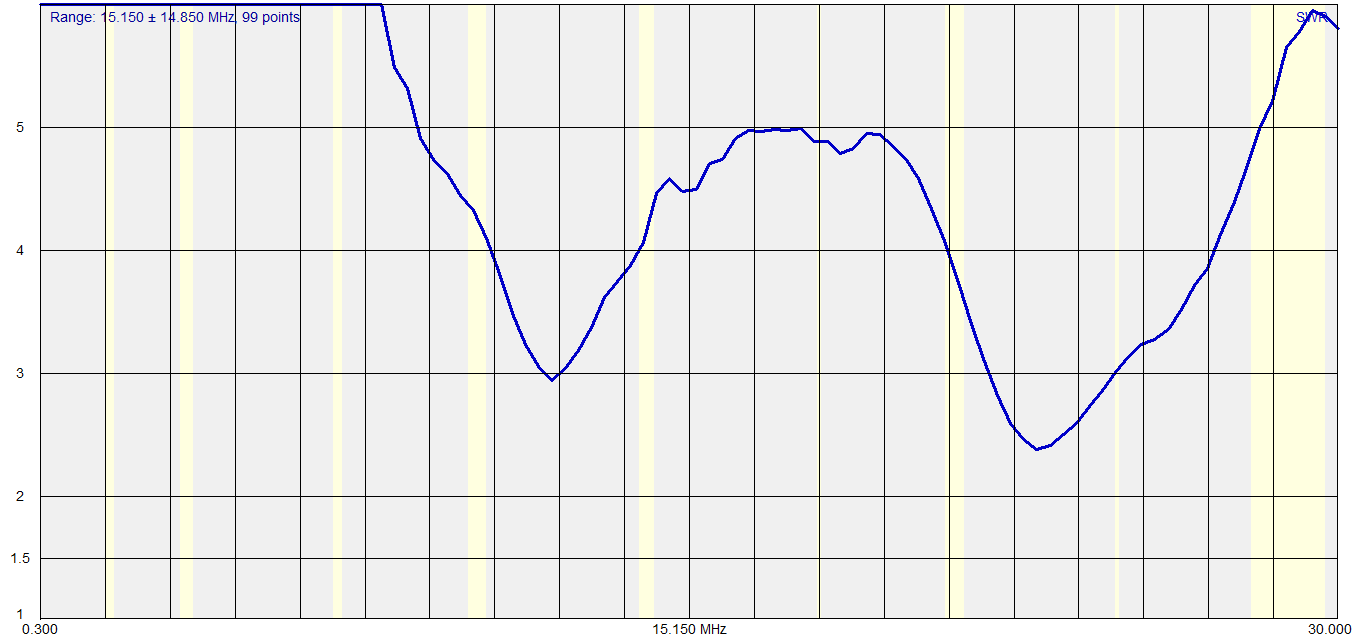
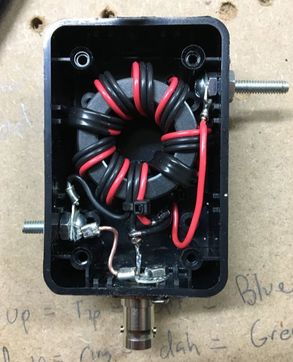
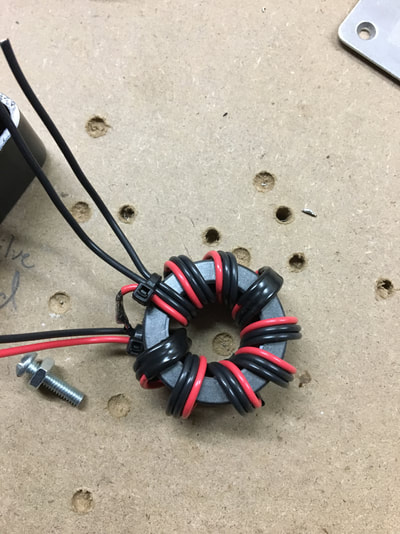
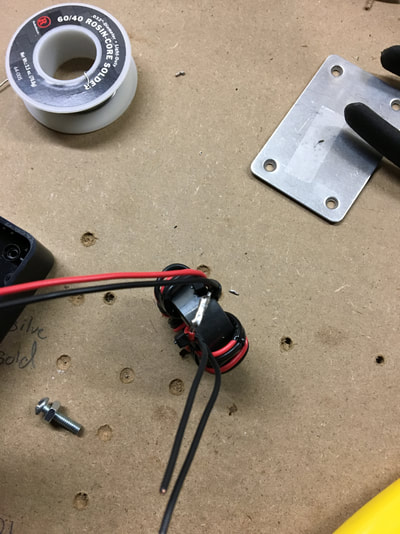
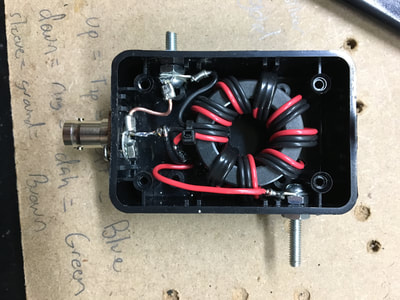
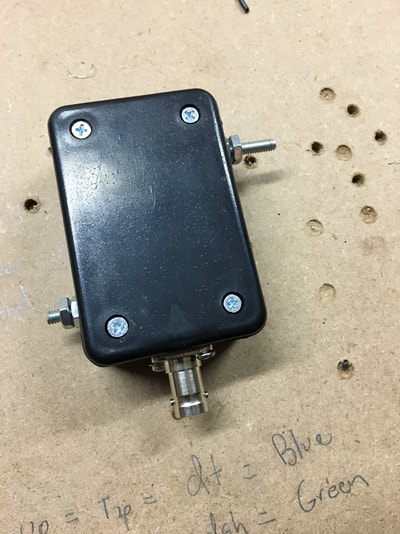
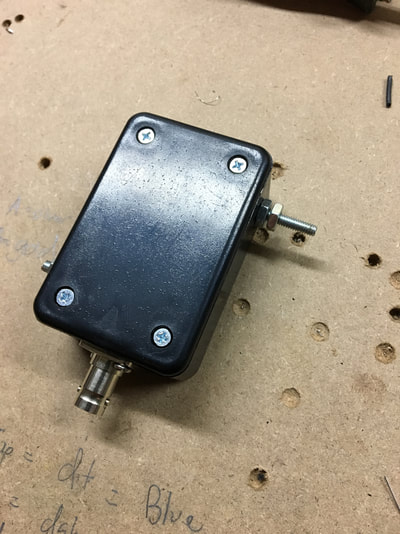
 RSS Feed
RSS Feed


